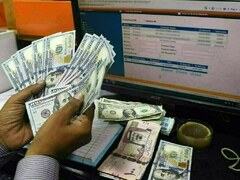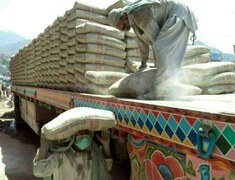Federal Minister for Planning, Development, and Special Initiatives Ahsan Iqbal Monday emphasised the need for Pakistan’s textile sector to modernise and compete with global brands to spearhead the country’s export growth under the “Uraan Pakistan” agenda, the ministry said in a statement.
Speaking at the third meeting of the Prime Minister’s Committee on Export Facilitation Scheme (EFS), Iqbal said the textile industry would play the central role in achieving the government’s ambitious export target of $60 billion by 2029. He said value addition and the development of globally competitive value chains were essential for Pakistan to enhance its presence in international markets.
“The garments and apparel industry is the future of our export economy,” the minister said. “Without investing in innovation, design, and quality control, we cannot expect to match the standards set by international brands. Our businesses must adopt a forward-looking approach.”
‘Uraan Pakistan’: PM Shehbaz unveils 5-year plan for economy
The minister also highlighted that the Uraan Pakistan framework identifies eight priority sectors for export growth: agriculture, industry, services, IT, mining, manpower, blue economy, and creative industries. However, he stressed that textiles remain at the core of Pakistan’s industrial capacity and must be reoriented towards higher-value segments.
“We need cluster-based development strategies to build competitive export ecosystems,” he added, pointing to examples from China, Vietnam, and Malaysia. “Our textile clusters must evolve beyond basic manufacturing and focus on branding, supply chain integration, and sustainability.”
Responding to concerns from the industry over tax discrimination and regulatory hurdles, Iqbal assured that the government was working to remove bottlenecks and facilitate exporters. “A business-friendly environment is our commitment, and we will take every step necessary to ensure Pakistan becomes a reliable trade partner globally.”
The planning minister noted that export-led growth was key to Pakistan’s economic sovereignty and long-term resilience.
“Our economic future hinges on how fast we can transition from raw material exporters to value-added producers,” he added.
The meeting was also attended by Commerce Minister Jam Kamal Khan, senior officials from the Ministry of Commerce, FBR, and over 60 representatives from the business community, including leading textile exporters, who joined the session virtually.






















Comments